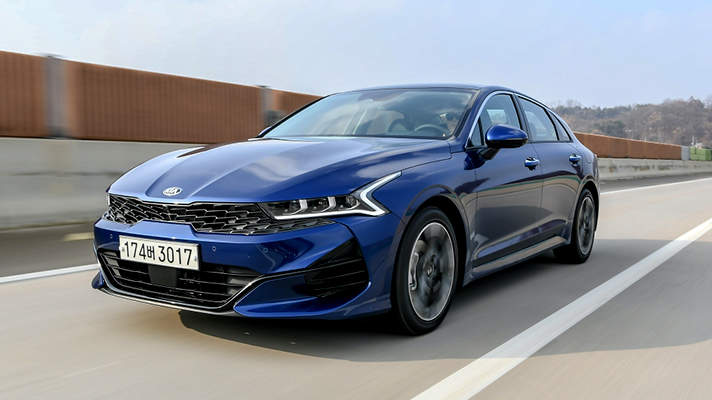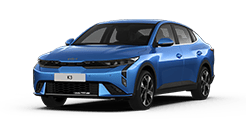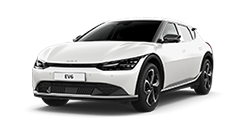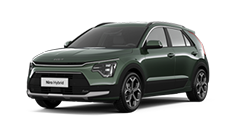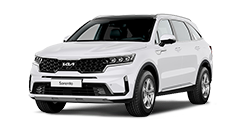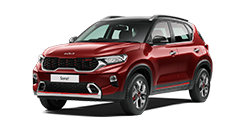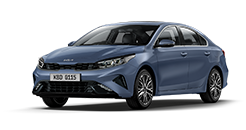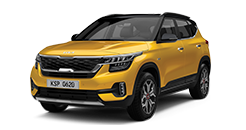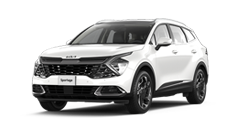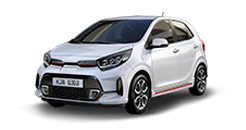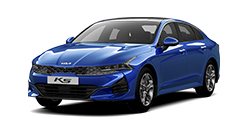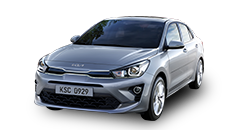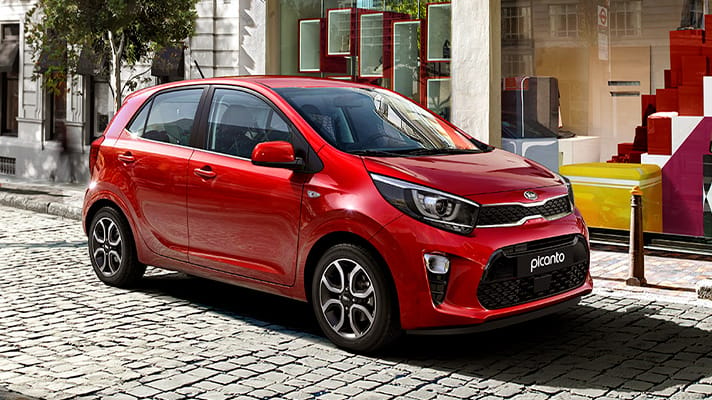- Home>
- Discover Kia>
- ASK>
- What Are Good First Cars?
What Are Good First Cars?
“Good first cars depend on each individual and their needs. The key is to find a vehicle that best matches your purpose of use and fits your economic situation.”
Purchasing your first car is one of the largest milestones in one’s life. As exciting as it may be, it can also be confusing, leading to a path of uncertainty. Here are some key points and precautions based on 3 categories to guide you along the way.
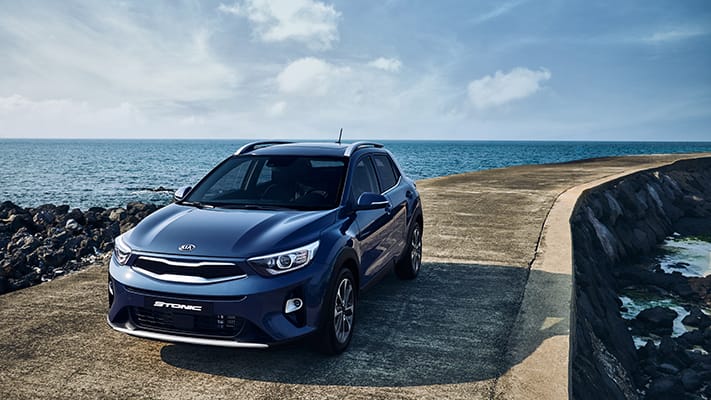
Price
· Most first-time car buyers prefer used cars. However, if there are issues with the car it can be costly to fix. In comparison, a new vehicle may cost a bit more upfront, but it also comes with a warranty.
· The cost of insurance is higher for first-time drivers due to the lack of driving experience. But by driving safely and maintaining a clean driving record for 12 months, you can accumulate a no-claims discount and get a percentage of your premium reduced. This discount can expand throughout the years as long as you are free of insurance claims.
· An additional reduction in your insurance payment is also available by receiving a good score based on your driving performance recorded on a ‘black box.’ A ‘black box’ is a device approved by your insurance company that is installed into your vehicle to track and assess your driving.
· Keep in mind a car that utilizes gasoline will prove to be more economical in comparison to its diesel counterparts.(This would be vary depending on the country)
Reliability
· Make a list of what you need from your new vehicle, then do some research based on those needs. For example, someone who commutes in snowy conditions over hilly terrain for an hour every day would have different needs and might require certain features versus someone who only commutes 3 times a week on smooth-flat highways.
· Check the differences between multiple car models. Some vehicles have features that attend to certain needs better than others, but this depends on what you are looking for in your vehicle.
· Generally, it is best to purchase a brand new vehicle as it comes with the kits and its reliability is held on brand standards. If you choose to purchase a used car, the reliability may differ and will greatly depend on how well the previous owner maintained the vehicle.
· The most important point of all, take a test drive in the vehicle. Whether the vehicle is new or used, it is strongly recommended to take a test drive to check that everything is in working condition and the vehicle is the right fit for you.
Safety
· Check the safety rating of the vehicle from organizations such as Euro NCAP or the Insurance Institute for Highway Safety (IIHS) which tests a vehicle’s ability to avoid a crash and deploy its safety mechanisms during a crash test.
· When it comes to size, a big, heavy-set vehicle would be the safer option, ideally with the electronic stability control (ESC) safety feature included.
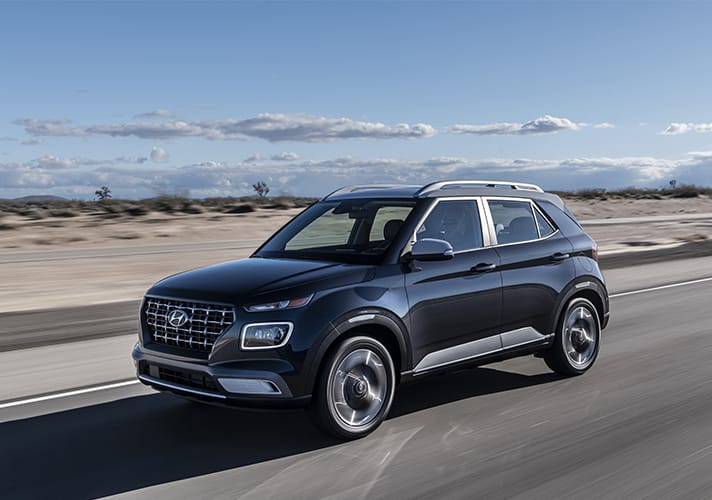
Aside from these 3 categories, as a first-time car buyer, there are many things to keep into consideration but the key is to find a vehicle that best matches your purpose of use and fits your economic situation. Ideally, if a close acquaintance happens to own and drive the model you’ve been looking at, it is best to listen and keep their experiences in mind. Another factor you can’t overlook is design. Then, based on these various conditions, you should narrow down the list of candidates.
After making a list of cars that best fit your economic conditions, you should choose the models that fit your lifestyle. By looking into the driving performance, fuel economy, repair, and insurance in detail, it is a great way to become a smart consumer. But a car’s length of use is often a concern missed by many people. You have to think about whether or not you plan to drive the car for its 10-year warranty. If you plan to only drive the car for 3 years it is better to drive a used car, and if you plan on driving the car for a long period of time, it is best to have a solid, steady vehicle.
After reviewing the key points above, you might be wondering “What are some recommended vehicles for first-time car buyers?” Here are the 2 most popular vehicles among new drivers and first-time car buyers.
